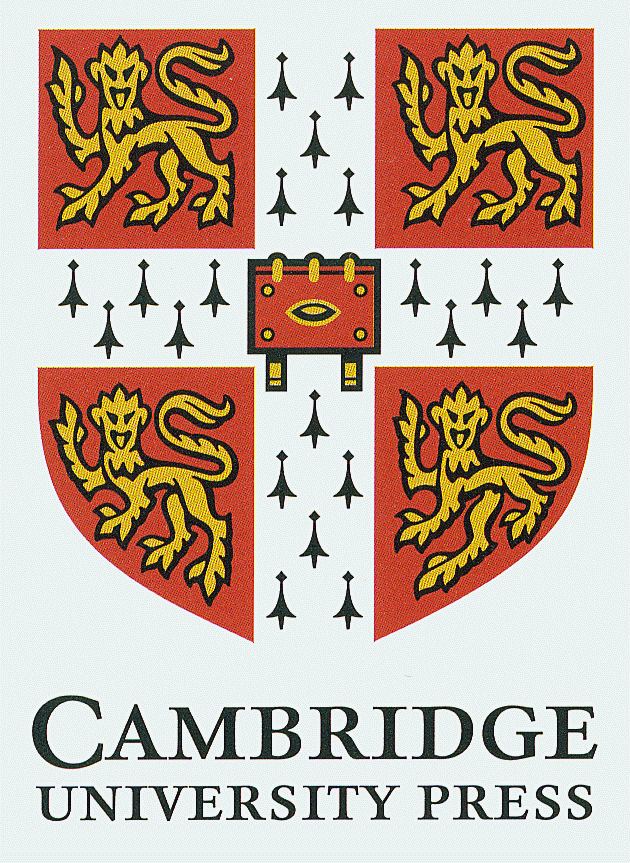Publisher's Synopsis
Fracture surfaces are produced by breaking a solid. The appearance of the surface, particularly the topography, depends on the type of material - metal, polymer, ceramic, biomaterial, composite, rock - and on the conditions under which it was broken - stress (tensile, shear, creep, fatigue, impact), temperature, environment (air, water, oil, acid), etc. This 1999 book describes ways of studying the surface topography, and the interpretation of the topographical features in terms of the microstructure and the way it was tested. Fractography has numerous applications in a range of materials, and is particularly relevant in materials science and to inter-disciplinary subjects involving materials science, including physics, chemistry, engineering, biomimetics, earth sciences, biology and archaeology. This book provides the basis for an understanding of deformation and fracture in all solids, for interpreting fracture surface topography, and for the design of clear and unambiguous experiments involving many aspects of fracture in a wide range of solids.











